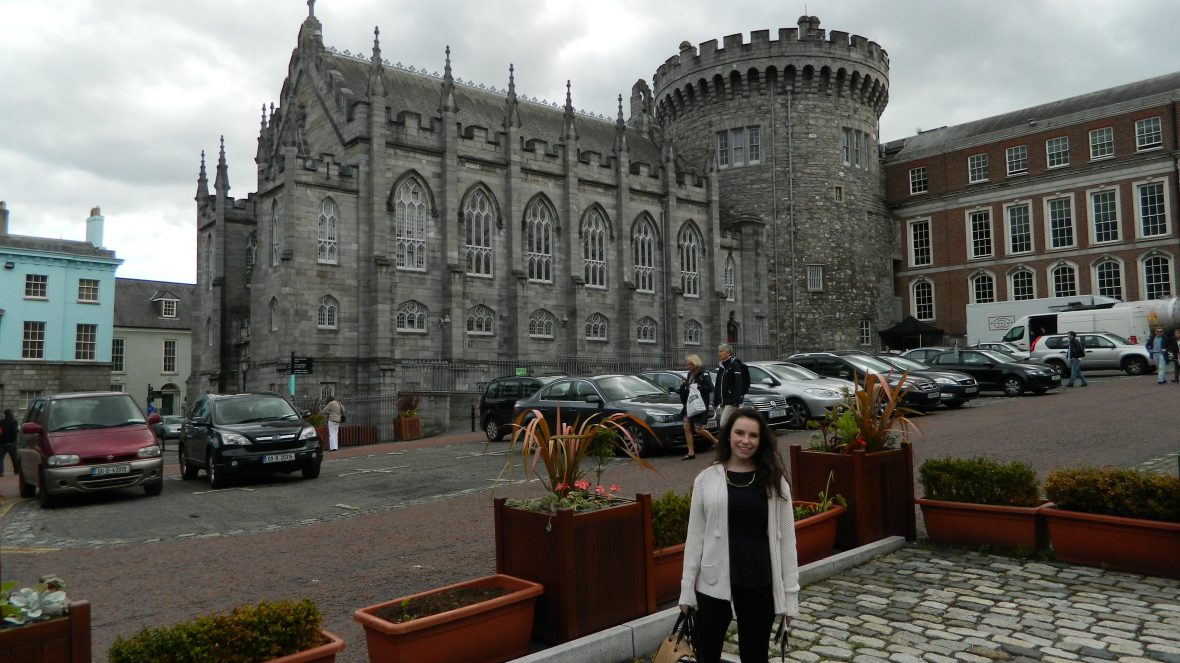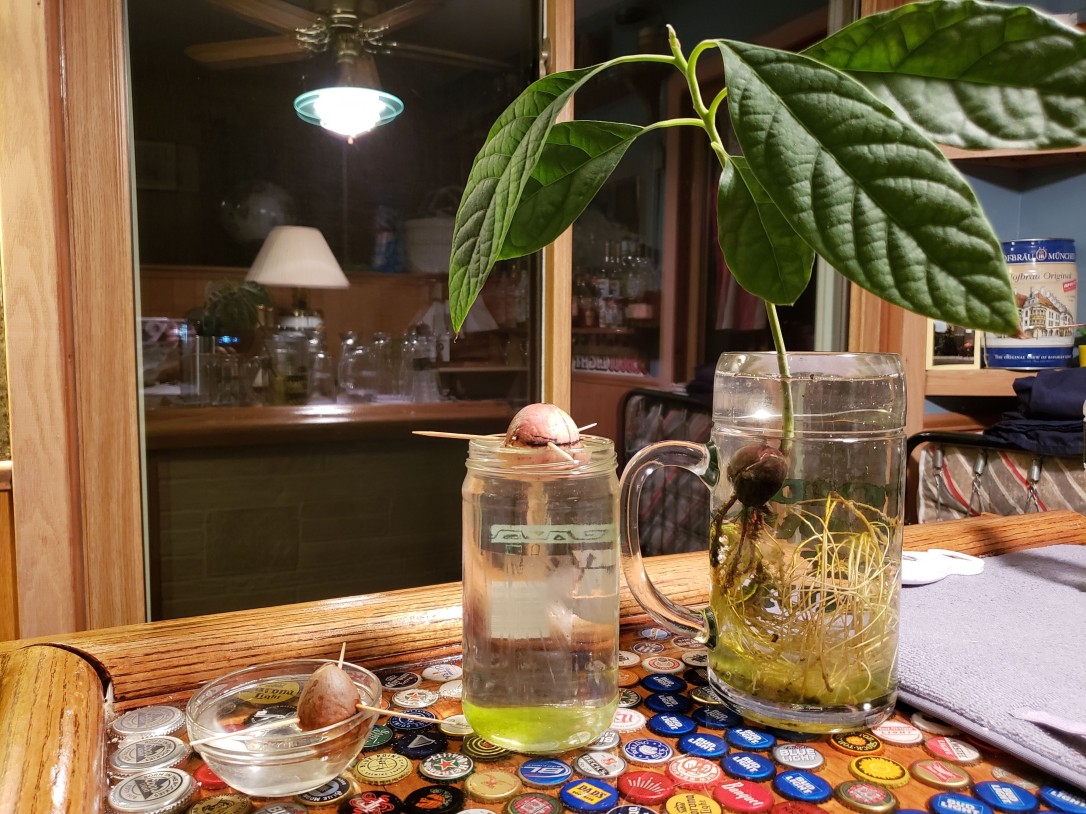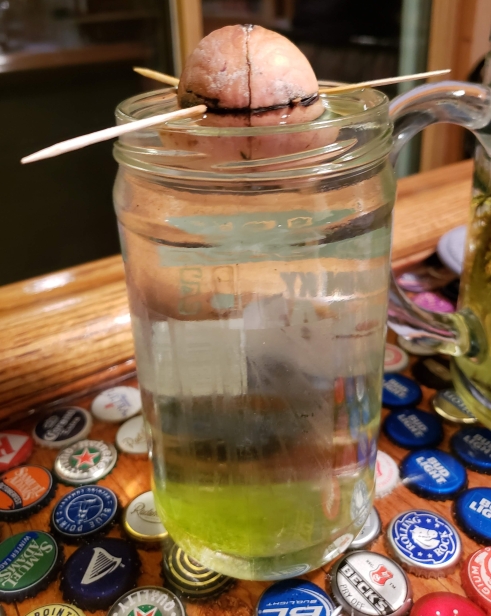Hi all,
The current pandemic and decluttering phases I have been going through are just reminding me more and more of The Story of Stuff documentary that I have studied in every single environmental class that I have taken. And as an Environmental minor, that is a lot.

Moments before I sat down to write this post, my headphones, (which I was in the middle of using to listen to NPR) crapped out on me. Now only the right ear piece works. And these are not super fancy headphones, but they are the Samsung ones that came with my last phone from about four years ago. They are certainly well loved headphones.
An hour ago my cousin texted me that her well loved sunglasses broke, just like mine did a few weeks ago. And we vented together about how we need to find yet another pair of mirrored sunglasses to become our new favorites.
This week, my grandpa’s phone started freaking out because there is not enough storage, and now he can’t even use the basic functions on his phone anymore, so he is going to need to get a new one sometime very soon. Apple is notorious with this problem. They even have a lawsuit going against them, because of it.
Our well loved things breaking on us, and the fact that it is more costly to repair them instead of buying new ones are major environmental problems. They create trash that will have to go in our overflowing landfills. And building new ones means that even more resources will be taken from the limited supply that we have on Earth. Never mind the amount of greenhouse gasses that need to be burned to create our new products.
Our culture of throwing out our old and broken stuff is not only a result of our own needs, but also because of big corporations, marketing campaigns, and the planned and perceived instances of obsolescence that comes with them.
Please watch this documentary. I really think that it is so valuable for all of us consumers to be consciously aware of. And it is only 20 minutes long. Promise!
The Story of Stuff
These sort of situations of planned obsolescence, where companies literally plan to create their products that break down after a certain period of time is all a big game. Companies obviously want to keep making more money, so they want their stuff to break, but they need to make sure that consumers, who will soon need to get another new product, will be happy with the company and will continue to shop from them the next time their appliance, or sunglasses, or headphones break. But it is such a fine line––if the item breaks too soon, the consumers will not be happy with the company and will go elsewhere. If it takes too long, the company will not have loyal customers who will constantly need to buy new things.
When older generations exclaim how things don’t work the way they used to, they are right. It is so true.
That brings in the whole other problem of perceived obsolescence. This is when us consumers do not need new things, we actually just want new things.
This is most obvious with fast fashion. Clothes literally goes out of style between every changing season. Like the documentary discusses, high heels literally change between fat heels or skinny heels being in style, which forces consumers to constantly have to go shopping to barely be able to keep up with the latest styles.
And honestly, I, personally, feel that the public shamings have stopped since graduating high school, so the whole fashion thing isn’t as in the forefront of my mind as it used to be. And also, lately, trends have been promoting thrift clothes and thrift shops, which is having some positive impact on the environment.
But is this enough? I fear that thrift shops are going to go out of style again really soon.
So What Can We Do?
In so many of my classes we used to discuss that consumers really do have the power. We dictate to companies what they should make more of with what we buy. Supply and Demand.
In the grocery store, you may find fruit out on a table, wrapped solely in it’s own skin, and then you could find the same orange besides it covered by a plastic packaging. Sometimes that orange may even be removed from the peel to make it easier and quicker to eat. There are plenty of memes about this situation, where they all basically sarcastically ask if only there were some type of protective skin on the orange so it didn’t need to be sold in a plastic container.
If only nature would find a way to cover these oranges so we didn’t need to waste so much plastic on them. pic.twitter.com/00YECaHB4D
— Nathalie Gordon (@awlilnatty) March 3, 2016
But anyway, when you see these two orange options you can choose which one to buy. And your money that comes from that choice sends a message to the company about which one they should sell more of.
Individually, our buying habits do not have much of an impact on a company. But together, if we all chose to buy the orange that is only covered by it’s skin, then we have some real power.
Making decisions about food on such a small scale is one thing, but how can we fix all of these planned and perceived obsolescence situations?
It isn’t easy. And I don’t have a good answer.
- Using things until they break and are completely unusable is a start.
- Trying to repair things, if it is possible, is another option. Even if this is the more expensive option, it will (theoretically) create demand, which will lower the price of repairs.
- Do a junk drawer/ closet clean out, searching for extras. And then use those (probably less loved) items until they break, too.
- Buying second hand is excellent for the environment! When you need something replaced, there are plenty of people who may be trying to get rid of something extra. There are plenty of apps and Facebook pages for trading and selling unwanted or extra things that are actually super convenient & easy to use.
- And just remember that everything we throw out, even the broken items, all has to end up somewhere. We all need to be more informed and considerate consumers.
My current goal is to live a completely zero waste lifestyle. The first step for this is to make smart shopping choices. And it turns out that I am just buying less. And it is making a difference.

Then I began decluttering the KonMari method, thanks to the Marie Kondo special on Netflix, trying to only keep the things that I love. And trying to sell the things that I don’t on some second-hand shops including:
LetGo
The RealReal
Poshmark (If you want to sign up, use my code SAMJEANMARY, so we can both get $10)
Bunz
Facebook Marketplace
Ebay
But there are plenty more out there, too!
I’m not perfect, but I work to improve myself and my impact on the environment every single day. One small change at a time. To make sure we can preserve this beautiful nature.

What do you guys think? Have any advice? What are your go-to tips?





